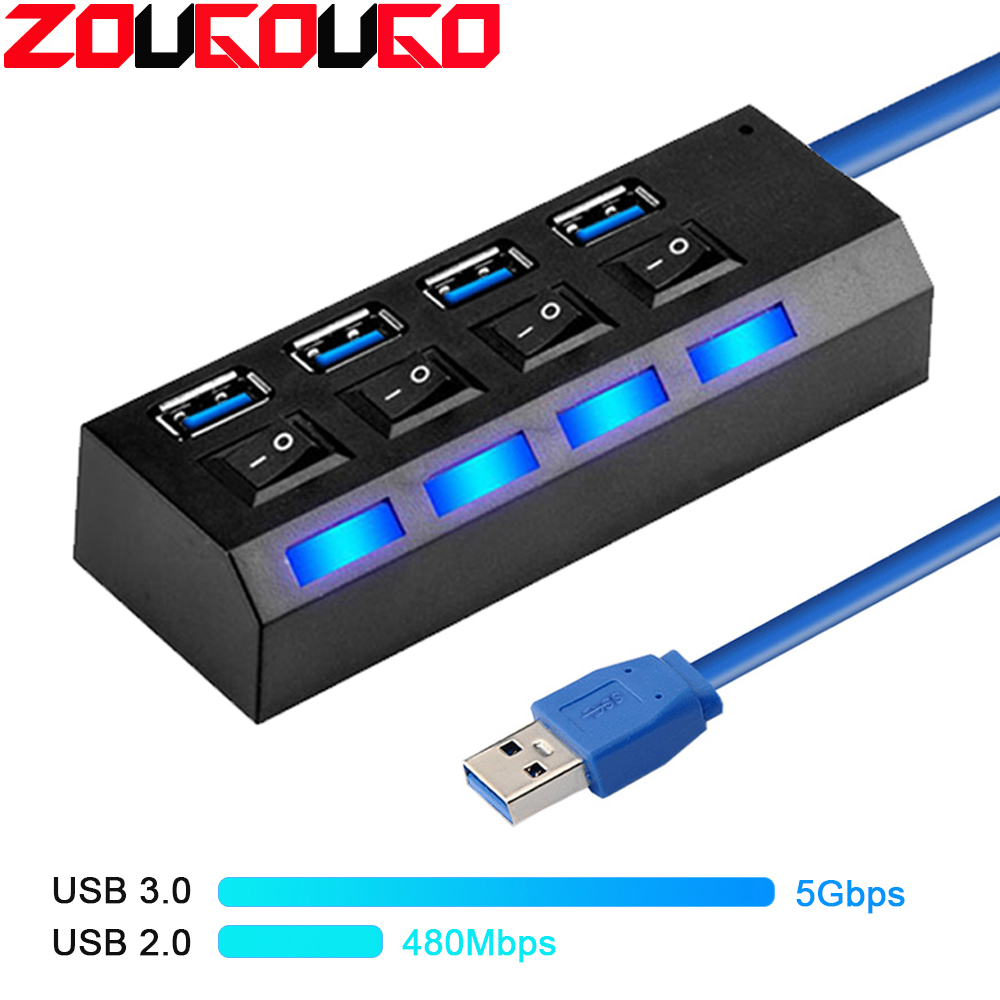
CORN 7 Ports USB 3.0 HUB USB Splitter With On/Off Switch Platooninsert For. It was just that in this situation, since the computer turns on and off by itself, it would be impractical for me to babysit an electrical switch. USB Sharing Switch for 2 Computers Sharing 4 USB 3.0 Ports, KVM Switches.
Usb switch on off manual#
I have manual switches that I use for other components like speakers & printers elsewhere. I can check to see what the powerstrip uses while idle, but THAT is probably minimal, in contrast to the amplifier. The cost savings argument is nice, but I already had this power strip sitting around unused, so it's basically free savings. At my current electricity prices, that would use about $0.75 per month. Using my Kill-A-Watt, the amplifier uses 3-4 watts continuously. This has the same CO2 emissions as starting a 1.5 litre displacement car engine once (again assuming the average).Īssuming a 5 year payback, your solution needs to be cheaper than about two bucks. I'd pay £0.36 to run that for a year, or about the same energy used by your Media Center and its associated typical TV during a typical weekend (or just one day for a big TV). Using it constantly for one day is a power use of 6.6 watt-hours, coming to 2.4 kWh per year. I'd imagine most antenna amplifiers will be in the 100-400 mW range. While it's probably not the same as yours, an antenna amplifier here set to about 40% amplification is drawing 1.2 mA from the wall with a 0.98PF (so we'll ignore power factor). Use a properly low-power accurate meter to check, because I strongly suspect this may be a false economy and you'd end up wasting energy on the strip without saving enough to make up for it. Those things use virtually nothing: They take a really vanishingly weak signal and make it into a really weak signal.

Usb switch on off pro#
But for me, the only pro I care about is getting rid of those annoying, blinking lights.ĭo you use sleep or hibernate in Windows 10? Tell me why in the comments.I think the strip might actually use more power than the antenna amplifier. Of course, there are some pros and cons of sleep vs. Now, when I close my laptop lid and walk away, all the lights go out on my USB devices.
Usb switch on off how to#
Check out Brian’s article: How to Enable Hibernate Mode in Windows 10 “There is no hibernate mode in Windows 10!” In the end, what did the trick was changing my laptop’s behavior, so I go into hibernate mode rather than sleep mode when I close the lid. I saw some suggestions in forums and Q&A sites about fiddling with BIOS settings, but I wasn’t about to do that (I also heard it doesn’t work). In Device Manager, if you go into the properties of a USB device, there’s a Power Management tab with an option that says, “Allow the computer to turn off this device to save power.” It seems promising, but again, changing this setting didn’t help my cause. Unfortunately, enabling or disabling this feature did not affect me. This option lets your computer put USB ports into a low power state during sleep rather than turning them off completely. In the Advanced Power Options menu, there’s an option that lets you enable or disable USB selective suspend. Several Windows 10 settings seem to relate to how USB ports are powered and when they all ended up being dead ends for me. How to Power Off USB Ports when Laptop is in Hibernateįirst, let me go over a few things that did not work for me. Not a perfect solution, but it works for me. Long story short, what fixed my problem with the USB devices staying powered was setting up my laptop to hibernate instead of sleep.

Keeping USB ports powered while a computer is in sleep mode is the intended Windows 10 behavior. Short of shutting down my computer entirely each time I leave the room or unplugging the USB devices, I hadn’t been able to find a fix for this.
Usb switch on off full#
If this laptop were somewhere other than my basement-say in the family room or a dorm room-I can see how a tabletop full of dumb flashing USB devices could be even more annoying. But it gives me the anxiety to see that USB audio interface with its flashing light, indicating that it’s powered-on but can’t connect to my computer. The amount of electricity it’s using is probably minimal.


 0 kommentar(er)
0 kommentar(er)
